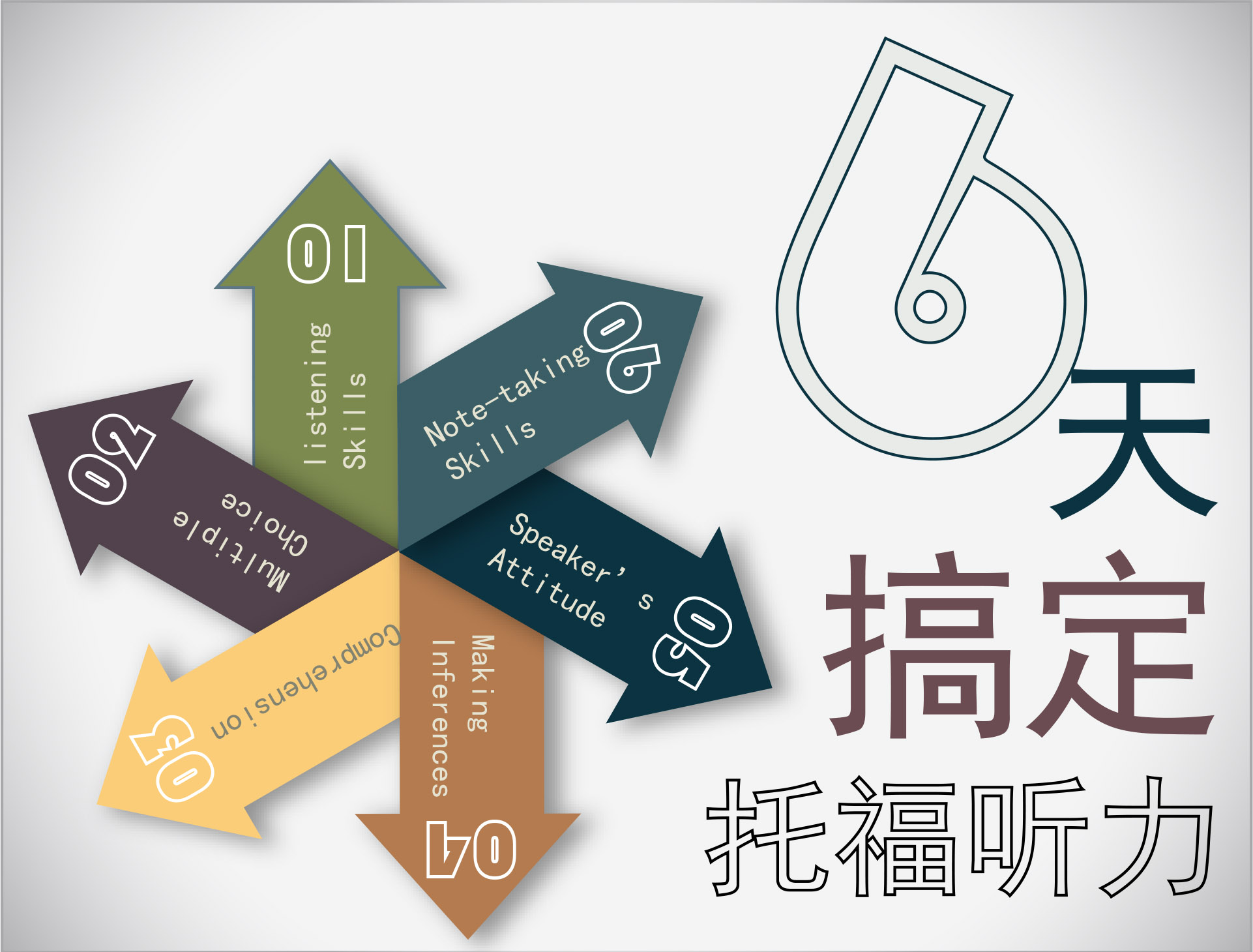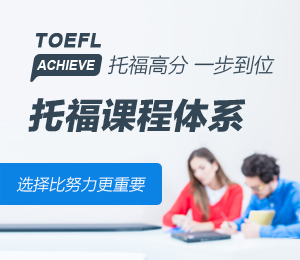6天搞定托福听力—Day 3
2017-05-25编辑: 环球教育整理来自: 互联网
托福听力中,这类基本理解性问题分为2类:内容主旨和目的主旨。查看托福一周备考突击汇总>>>点击查看

Identifying the main idea
在每段听力开头,都会有这样一句话:Listen to part of a lecture from a chemistry class. 其中的chemistry就是重点词,说明这篇文章的中心为chemistry。这样大家在听这篇文章之前就可以知道这篇文章主要讲的是什么。
Some tips about identifying the main idea
1. 排除选项中描述具体细节的选项;
2. 注意听文中重复率高的词汇。Conversation或lecture中表达主旨的词汇会经常出现,大家一定要认真听。
Example:
Listen to part of a lecture from a chemistry class.
Professor: Ok, put away your lab coats please. Today we're going to cover a bit of history. Yes, yes, I know, this is a chemistry class, not a history class, but we'll be talking about the history of that most famous of chemical diagrams, the periodic table of elements. Open up your textbooks to page 143.
To understand where the table comes from, first we need to look back to when the Greek philosopher Aristotle proposed that everything is divided into four main elements: earth, fire, air, and water. Although it doesn't sound very scientific to us now, Aristotle was actually closer to describing the four states of matter than he was in pinpointing the elements. I mean... solid, liquid, gas, and plasma. Nevertheless, Aristotle's initial classification of matter into four main types laid the groundwork for future scientists to ultimately discover and understand the properties of all of the individual elements we know today. The discovery of elements was a gradual process, with many different scientists having a hand in the discoveries. For example, in 1669 and 1680, both Hennig Brand and Robert Boyle independently discovered phosphorus. In 1789, Antoine Lavoisier published his Treaty on the Chemical Elements, in which he defined for the first time what an element actually is, and included a list. The list continued to grow. As more and more elements were discovered, scientists around the world searched for a way to classify them.
Question: What is the main topic of discussion?
A. Chronological history of Victorian chemistry
B. The varied attempts at element classification
C. Mendeleev's life and ultimate achievements
D. Publication of chemistry works in the 1800's
这个lecture是按照时间顺序讲述的element classification的发展,并不是围绕整个维多利亚时代的化学的发展展开的,因此A项不正确。Mendeleev只是创建元素周期表的人之一,整篇lecture并不是围绕他展开的,C项也是错误的。这个lecture重点讲的是元素的分类,并不是泛泛的谈化学,D项不对。答案是B。
Identifying the purpose
目的题通常出现在对话中,因此大家要通过整段对话了解讲话人的目的,而不是仅抓着细节不放。
目的题通常有两种提问方式:
Why did the speaker say that?
What was the purpose of saying that?
Example:
Listen to a conversation between a student and a teacher.
Student: Hello Professor, I made an appointment to see you today at 3:00 p.m...?
Professor: Yes... Benjamin? You're right on time. Come in, have a seat. Are you here about next week's test?
Student: Yes, there's just one point that I'm still a little stuck on... and I was hoping I could go over it with you.
Professor: Of course... I always try to make time to help out students in your situation.
Student: Well, I've been reviewing the main economic concepts you discussed in class, but I'm still confused as to the difference between "foreign exchange rates" and
"Purchasing Power Parity." You know... PPP.
Professor: I see. Well, let's try to narrow down the area where you're lost.
Question: Why does the student go to see the professor?
A. To obtain a list of the main concepts covered in the lectures
B. To ask if a concept will appear on a test
C. To review a concept's main principles
D. To distinguish between two different concepts
文本中标出的部分是答题的关键。学生去拜访教授是因为他不太清楚"foreign exchange rates"和"Purchasing Power Parity"的区别。
这两类问题只要大家认真听,都可以答对。大家可以通过做真题来巩固一下。
 查阅托福听力信息
查阅托福听力信息
 查询环球托福课程
查询环球托福课程

相关阅读

-
预约托福水平在线测试
获取0元体验课程












